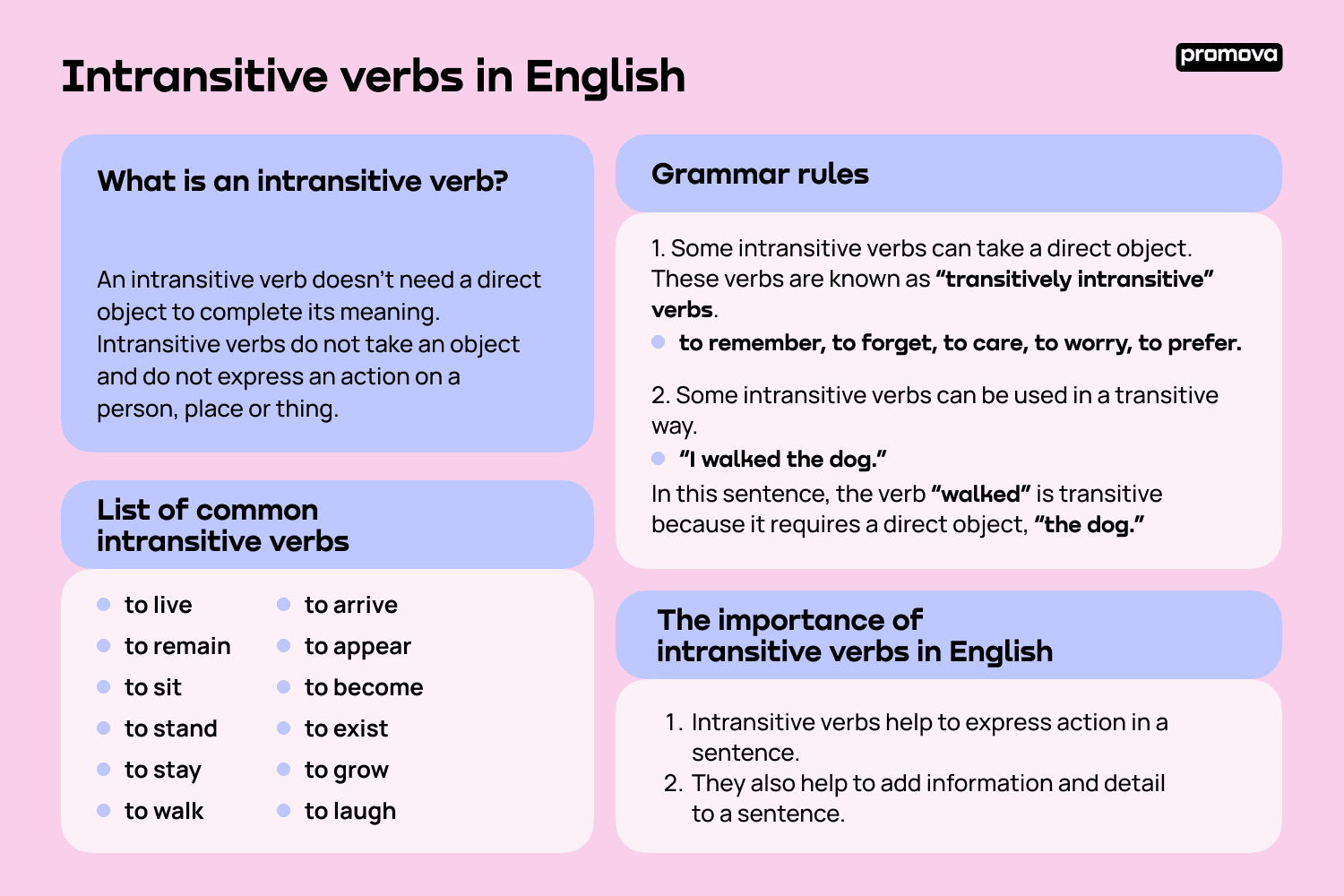Verbs are an essential part of the English language, as they convey action or state of being in a sentence. There are two main types of verbs: transitive verbs and intransitive verbs. Understanding the difference between these two types of verbs is crucial for mastering English grammar.
Transitive verbs require a direct object to complete their meaning, while intransitive verbs do not. This distinction plays a significant role in sentence structure and understanding the relationship between different parts of speech.
Transitive Verbs vs Intransitive Verbs
Transitive verbs are action verbs that require a direct object to complete their meaning. For example, in the sentence “She ate the apple,” the transitive verb “ate” requires the direct object “the apple” to make sense. Without the direct object, the sentence would be incomplete. Transitive verbs often answer the question “what” or “whom” after the verb.
In contrast, intransitive verbs do not require a direct object to complete their meaning. These verbs express action or describe a state of being without needing an object. For example, in the sentence “He sleeps,” the intransitive verb “sleeps” does not require a direct object to convey its meaning. Intransitive verbs often answer the question “where,” “when,” or “how” after the verb.
Some verbs can function as both transitive and intransitive depending on how they are used in a sentence. For example, the verb “run” can be transitive when used with a direct object (e.g., “She runs a marathon”) or intransitive when used without a direct object (e.g., “He runs every morning”). Understanding the context and usage of these verbs is key to determining their transitivity.
It is important to note that the distinction between transitive and intransitive verbs can affect the overall meaning of a sentence. Using the correct type of verb is crucial for clear communication and proper sentence structure. By mastering the difference between transitive and intransitive verbs, you can enhance your writing and speaking skills in English.
In conclusion, transitive verbs require a direct object to complete their meaning, while intransitive verbs do not. Understanding the distinction between these two types of verbs is essential for mastering English grammar and improving your language skills. Practice identifying transitive and intransitive verbs in sentences to enhance your proficiency in using them correctly.
